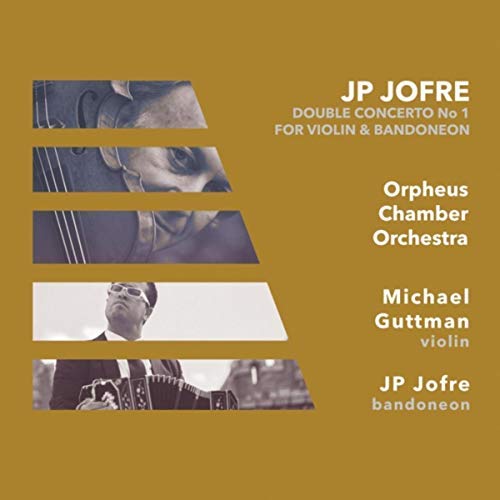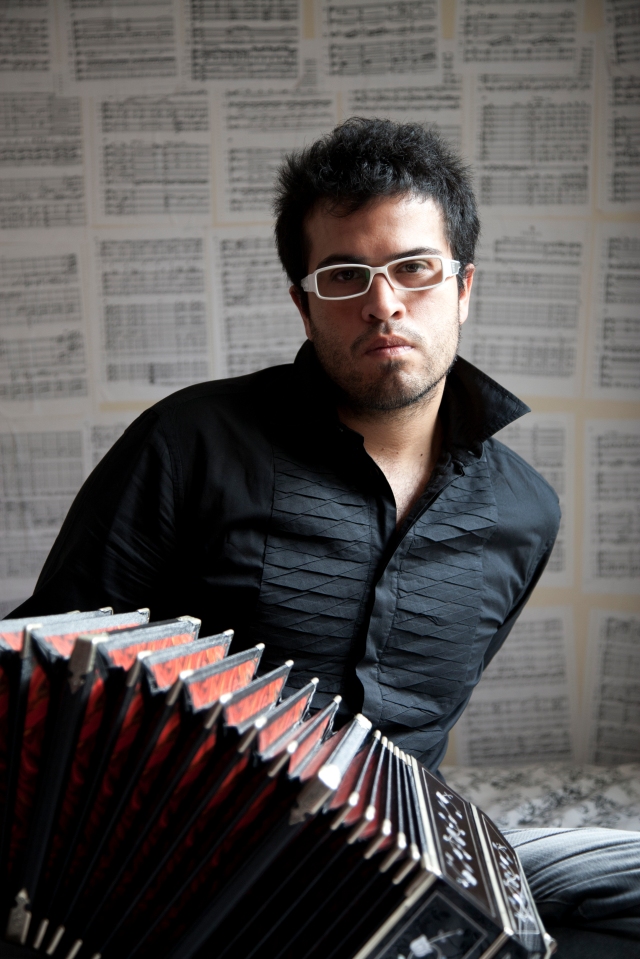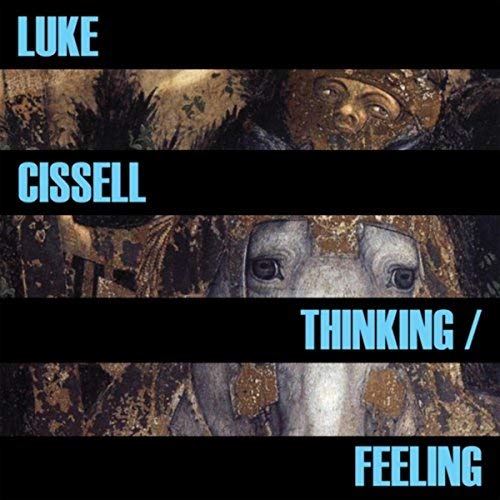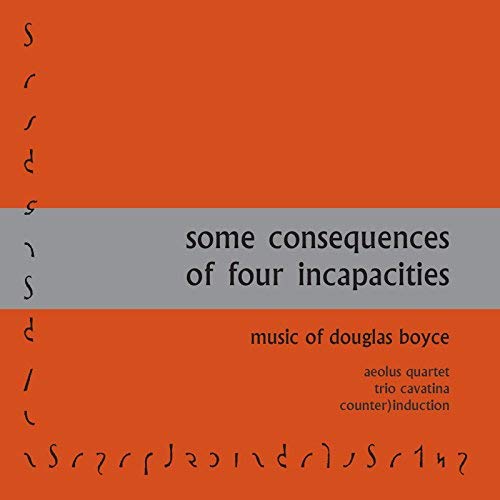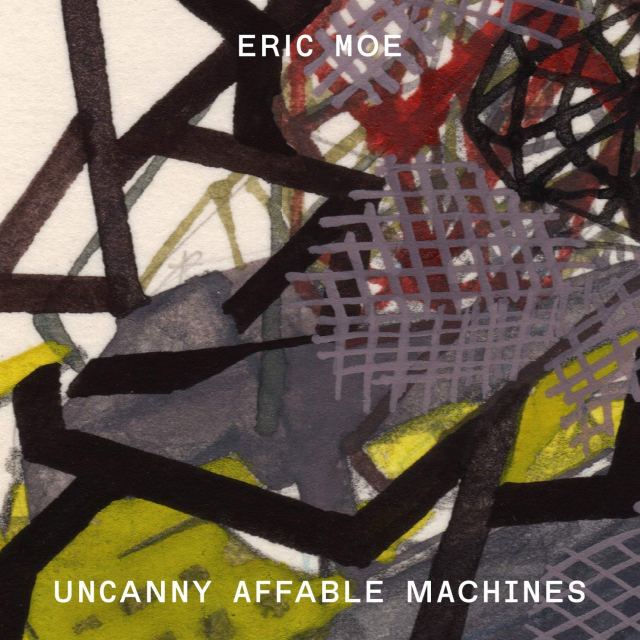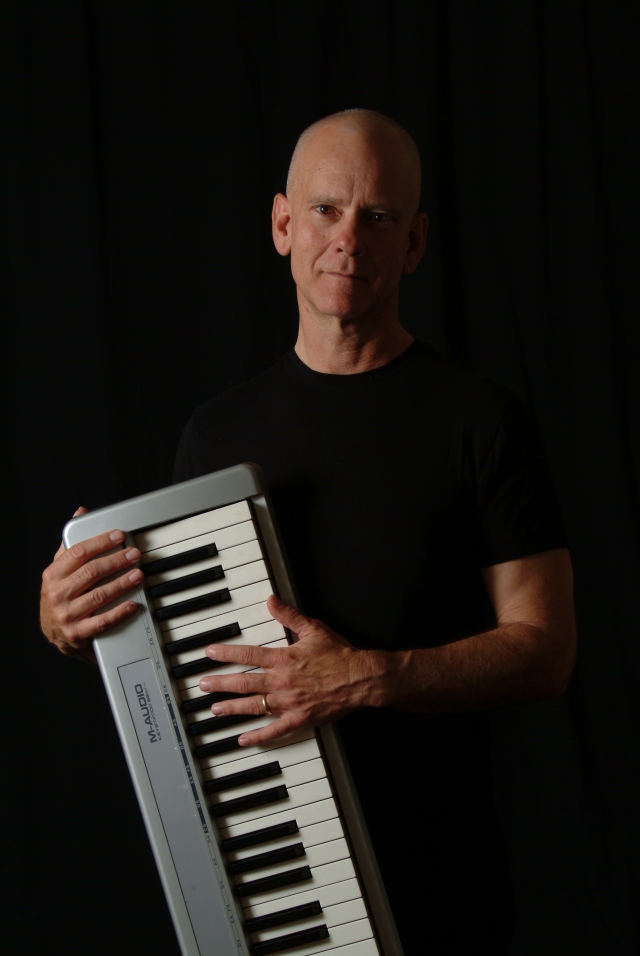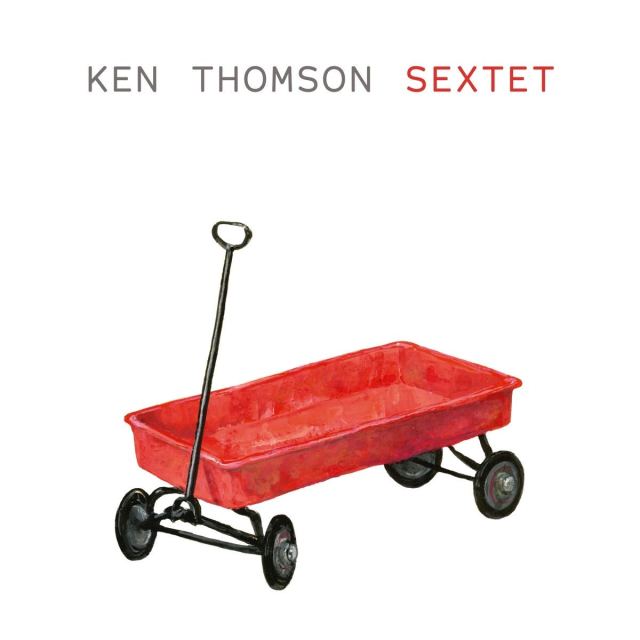
Panoramic Recordings
First of all this packaging is about twice the size of a normal CD package. It is lovingly designed by Jason Das and visually suggests a sort of nostalgia for innocence, for childhood perhaps. The performers are all of that “New York Downtown”/modern music background and this is a set of rigorously trained musicians. Put them together as a sextet and tap their virtuosity as well as their improvisational abilities and some clever programming and you get this album.
It is an unusual but ultimately very satisfying album. It starts with (of all things) a transcription of music by the late Hungarian master Gyorgy Ligeti, his Pasacaglia Ungherese (1978) which is originally for harpsichord. This is hardly a “jazz” piece and one wonders at the choice of this particular work to be the one to make that all important first impression. The transcription (by Ken Thomson) is quite effective however and very entertaining. I’m not sure why the it was chosen but it works well here.
This leaves us with the remaining six tracks (all composed by Ken Thomson) which are more clearly in the realm of “jazz” the way most listeners are accustomed to hearing it. Drums keeping the beat, a recognizable bass line, and improvisational solos over the harmonic progression. These virtuosos are given a challenge by said composer and the solos which populate these tracks are one of the best things about this release. Clearly these musicians are comfortable with their virtuosity and they seem to understand jazz. They got and held this listener’s attention most immediately.
The Ken Thomson Sextet consists of Ken Thomson, composer and alto saxophone; Anna Webber, tenor saxophone; Russ Johnson, trumpet; Alan Ferber, trombone; Adam Armstrong, bass; and Daniel Dor, drums. Clearly all these folks have a thorough knowledge of jazz performance and can take their audience on a mighty exciting ride. The solos will stick in your head long after the initial thrill of your first hearing and this is a nicely balanced group functioning almost as a single entity. Very cool.
This is chamber jazz at its finest.

